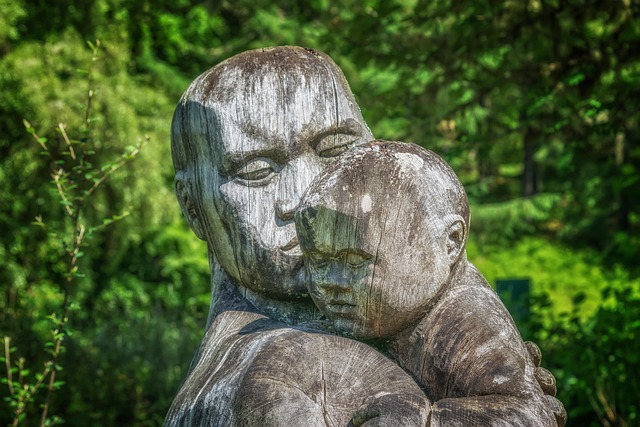Exploring the Diverse Types of Painting Techniques in Fine Arts and Culture
Painting is a captivating form of expression that has transcended time and culture, connecting individuals through shared emotions and experiences. The types of painting techniques employed by artists serve as a reflection of both their inner world and the socio-cultural contexts in which they reside. Each brushstroke, color choice, and texture tell a story, drawing us into a dialogue with the artist and the cultural ethos of their time.
1. Classical Techniques
When delving into the realm of fine arts, classical painting techniques stand out as foundational to the evolution of art. Techniques such as oil painting and fresco have been meticulously honed over centuries. Oil painting, with its rich pigments and flexible mediums, allows artists to create depth and luminosity in their work. Fresco, on the other hand, demands immediate execution and a mastery of plaster application, showcasing the grandeur of religious and historical narratives in public spaces.
2. Impressionism and Its Variations
As we move through the annals of art history, the types of painting techniques diversify dramatically. Impressionism emerged in the late 19th century, breaking away from traditional norms and embracing spontaneity. Artists like Claude Monet and Pierre-Auguste Renoir captured fleeting moments of light and color through quick brushstrokes, infusing their works with life and movement.
3. Abstract Expressionism
Fast forward to the 20th century, and we encounter a wave of innovation with movements like Abstract Expressionism. This genre redefined the purpose of painting, encouraging artists such as Jackson Pollock and Mark Rothko to explore the subconscious through vibrant colors and dynamic forms. The emphasis was less on representational accuracy and more on the raw emotional power of the artwork, inviting viewers to engage in personal interpretations.
4. Cultural Influences
The types of painting techniques are also deeply entwined with cultural narratives. Indigenous art forms, such as Aboriginal dot painting and Native American ledger art, use unique methodologies to convey ancestral stories and spiritual beliefs. These techniques not only celebrate the artists’ heritage but also serve as powerful mediums for cultural preservation in a rapidly changing world.
5. Contemporary Innovations
As we explore the current landscape of fine arts, the emergence of digital painting and mixed media creates new avenues for artistic expression. Young artists are incorporating technology into their work, blurring the lines between traditional and contemporary art forms. This eclectic mix of expertise allows for unparalleled creativity, illuminating the ways in which culture continuously evolves through art.
Whether through the nuanced layers of oil paint or the innovative splash of digital mediums, the types of painting techniques serve as a testament to humanity’s unending quest for expression and connection. Each approach not only reveals an artist’s individuality but also provides a glimpse into the cultural tapestry that shapes our world. In this ever-evolving dialogue between art and society, the beauty of painting endures, inviting us to reflect on the myriad of experiences that define our collective existence.




